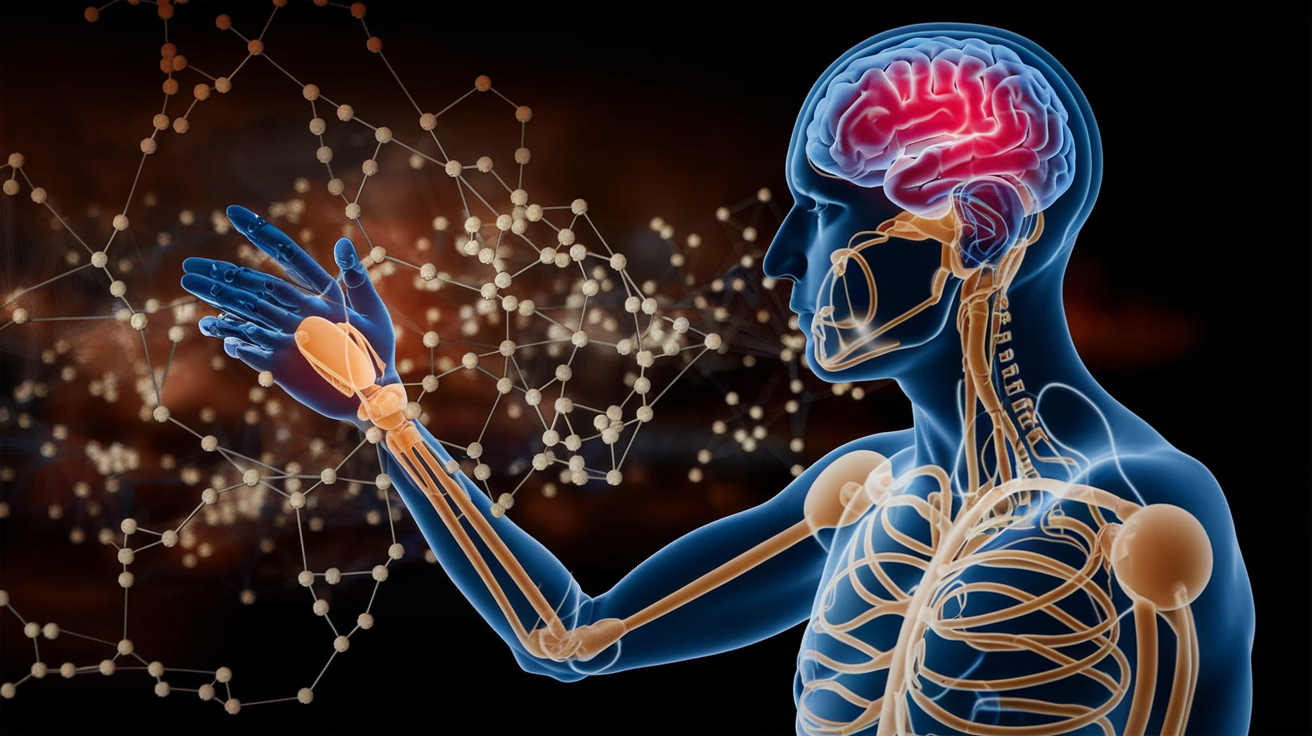```html
Neuralink's Groundbreaking Demonstration: Brain Implant User Controls Robotic Arm
Overview of the Neuralink Demonstration
In a recent demonstration that showcases the potential of advanced neurotechnology, a user equipped with Neuralink's brain implant has successfully controlled a robotic arm, as seen in a newly released video. This development underscores the significant strides being made in the field of brain-computer interfaces and offers a glimpse into future possibilities for individuals with motor impairments.
Technological Innovations: The N1 Chip
Neuralink's N1 chip, a cutting-edge brain implant, played a pivotal role in this achievement. Unlike traditional interfaces that require complex setups involving wires, the N1 chip operates wirelessly, thus eliminating the need for any physical connection or movement. This advancement is poised to transform how quadriplegic individuals interact with technology, providing them the capability to control devices purely through cognitive processes.
Implications for Individuals with Disabilities
The implications of such technology are profound, particularly for individuals with severe motor disabilities. The ability to operate gadgets using mind control opens up new avenues for independence and enhances the quality of life. Such innovations also pave the way for enhanced integration of individuals with disabilities into various spheres of life, enabling more inclusive and participatory experiences.
Further Developments and Future Prospects
Neuralink's achievement is more than just a technological feat; it is a significant leap forward in human-machine interaction. As the technology continues to evolve, future versions of brain implants and robotic devices could become more sophisticated, increasing their applications across different domains. This growth holds immense potential for enhancing human capability and extending the functionalities of automation and AI.
Conclusion
The demonstration of a brain-controlled robotic arm by Neuralink marks a significant milestone in the realm of neurotechnology and process automation. As research and development in this field continue to accelerate, such innovations are expected to revolutionize the interface between humans and machines, offering unprecedented opportunities for both technical advancement and human accessibility.
About the Author
Updated: February 2, 2025, by Jijo Malayil.
Stay informed on the latest innovations in automation and AI by visiting Jengu.ai.
```
